A Garden Spider is a species of spider in the taxonomic genus Argiope. Spiders in this genus often have colorful or boldly patterned bodies. People also refer to this species as the corn spider, yellow Garden Spider, hay spider, zigzag spider, and more. Read on to learn about the Garden Spider.
Description of the Garden Spider
This species has the same eight-legged body structure as all arachnids, with a cephalothorax that contains their head and legs, and an enlarged abdomen. They also have fangs on their mouthparts, which they use to inject venom. Their legs have orange coloration with several stripes, and their abdomen has bright yellow spots.
These spiders range in size from 0.20 to 1.10 in. long, depending on the sex. Females grow to sizes much larger than males.
Interesting Facts About the Garden Spider
These spiders have a number of unique traits and characteristics. Learn more about what makes them interesting, below.
- Venomous, but not Dangerous – Like most spiders, this species has venom that it uses to incapacitate its prey. However, this venom does not pose a danger to humans. Its bite has been likened to that of a bee sting.
- Stabilimentum – The web of this spider has a small patch in the center known as a “stabilimentum.” On this structure, the silk has a white, distinct coloration. Researchers do not know the exact purpose of the stabilimentum.
- Hard Work – Every night, this spider eats the majority of its web. It leaves the primary frame, and re-weaves a new circular web each day. Researchers believe the spiders eat their webs to recycle nutrients and consume small food particles.
- Careful Courtship – When it comes time to breed, the male ventures into the female’s nest –carefully — then he plucks the strands of her web to entice her. Before moving in to breed, he drops a safety line so that he can escape if she should try to eat him.
Habitat of the Garden Spider
True to its name, this species lives primarily in gardens and similar habitats. It builds its web in the midst of shrubbery, flowers, and small plants. You can also find these creatures in scrub forest, woodland, grasslands, meadows, farmland, swamps, and other types of habitats.
Distribution of the Garden Spider
This spider lives throughout North America, particularly in the United States. Its range also extends north into southern Canada, and south into Mexico and Central America. Though you can find this creature across much of North America, they typically do not range high into mountainous regions, or north into subarctic zones.
Diet of the Garden Spider
This species has carnivorous feeding habits, which means that it eats other animals. More specifically, it has an insectivorous diet, and feeds primarily on insects. Some common prey include aphids, grasshoppers, bees, flies, mosquitos, wasps, and more.
Like many other spiders, this creature hunts using a sticky web. It weaves its web into a large circle, and waits for prey to become entrapped. When a fly or mosquito gets stuck, the spider rushes out, bites the prey to inject its venom, and the wraps it in silk.
Garden Spider and Human Interaction
Humans do not often interact with this species directly. People sometimes accidentally come in contact with this creature, but its bite does not pose a danger unless the person has an allergy to its venom. This species actually benefits humans because it eats insects that damage gardens and crops.
Domestication
Humans have not domesticated these creatures in any way.
Does the Garden Spider Make a Good Pet
People do not typically keep this species as a pet.
Garden Spider Care
People do not often keep this species in human care. You can commonly find these spiders in parks and gardens. Presumably, their needs would match that of their natural habitats, with similar temperature and humidity.
Behavior of the Garden Spider
These spiders typically have diurnal behavior, being active during the day. However, when the weather permits, they spend time active at night as well. They remain on their webs, capturing any prey that becomes trapped. This species has solitary behavior, and only interacts with the opposite sex while breeding.
Reproduction of the Garden Spider
Because this species exhibits cannibalism, the male must approach the female cautiously. Egg fertilization occurs internally, the males typically pass the females a “packet” of sperm, known as a spermatophore. She then uses this to fertilize her eggs. A single female can produce over a thousand eggs, which she lays in sacs of silk.

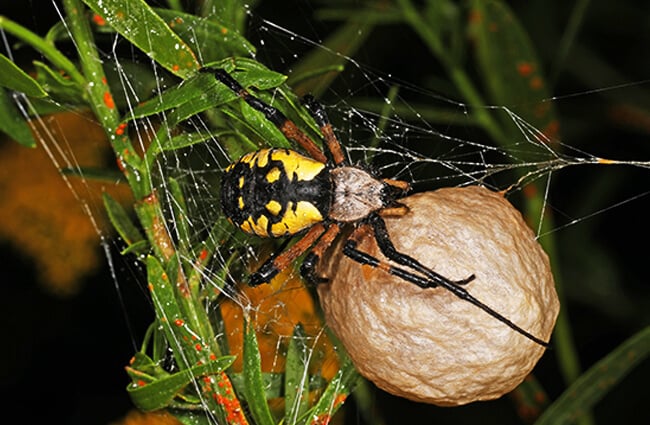
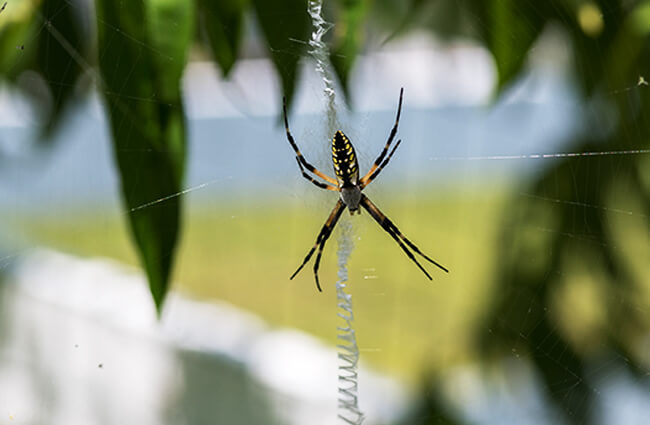

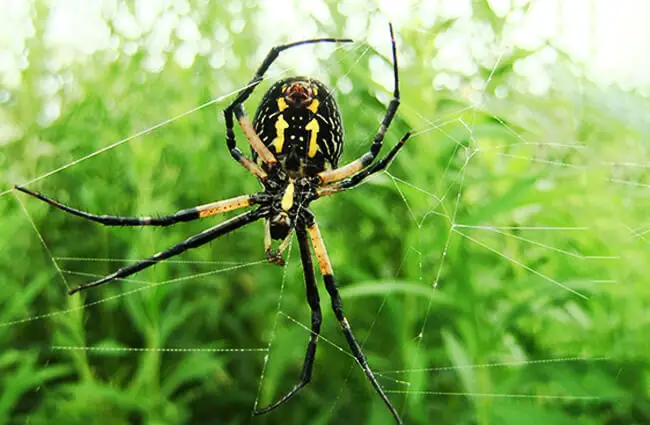


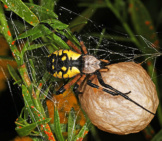
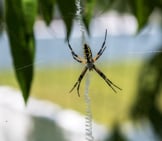
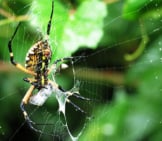



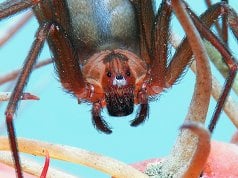












![Red Angus Closeup of a beautiful Red Angus cowPhoto by: U.S. Department of Agriculture [pubic domain]https://creativecommons.org/licenses/by/2.0/](https://animals.net/wp-content/uploads/2020/03/Red-Angus-4-100x75.jpg)

